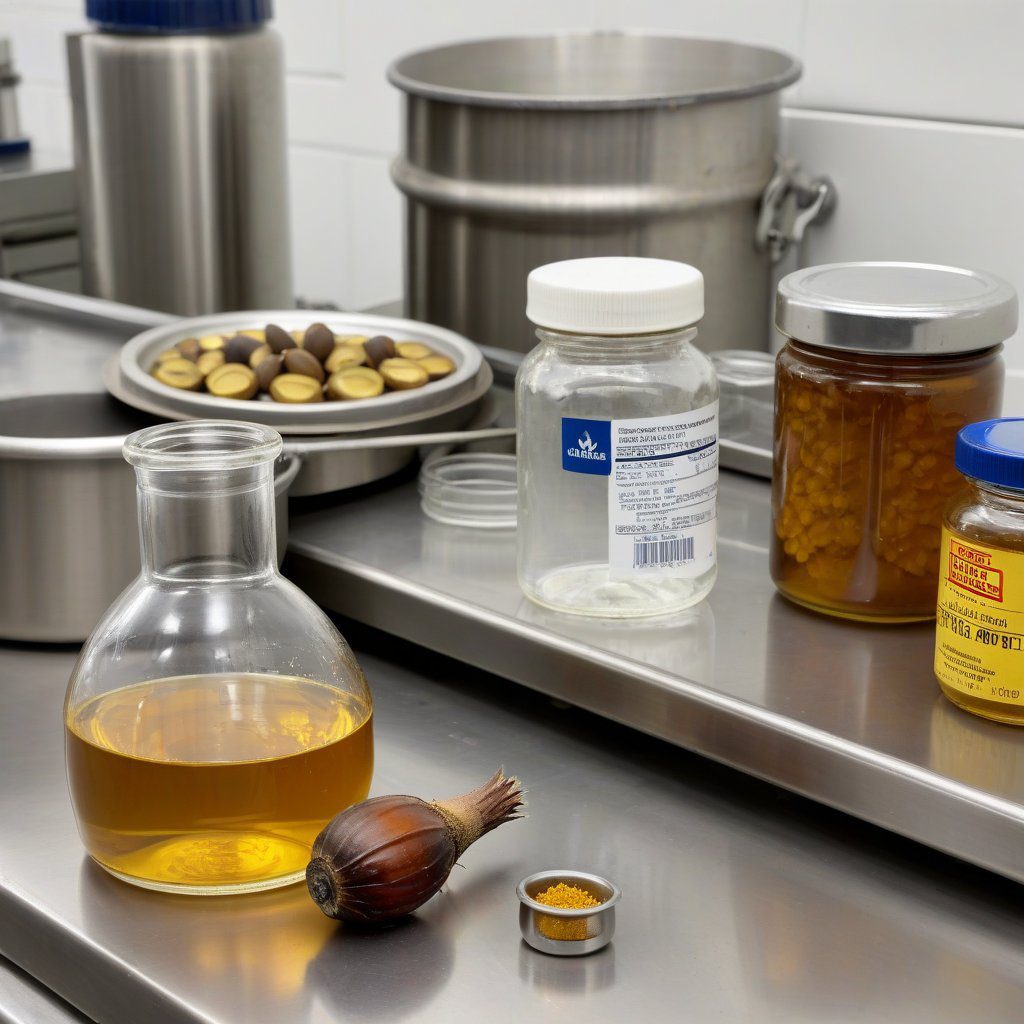Understanding Amine Supply Chain Management
Amine supply chain management refers to the strategic planning and execution of the flow of amines, including monoethanolamine, diethanolamine, and triethanolamine, from production to end-users. This process encompasses sourcing, manufacturing, logistics, and distribution, ensuring that high-purity amines are delivered efficiently and effectively to various markets, especially in the U.S.
Importance of High-Purity Amines
High-purity amines, such as those available in 85% and 99% concentrations, are critical in various industrial applications, including agriculture, pharmaceuticals, and manufacturing. The demand for these compounds necessitates a robust supply chain that can handle the complexities associated with their production and distribution, ensuring quality and compliance with regulatory standards.
Key Components of the Amine Supply Chain
The amine supply chain consists of several key components, including raw material procurement, production processes, storage facilities, transportation logistics, and distribution channels. Each element must be meticulously managed to maintain the integrity of the product and meet customer expectations. This holistic approach is essential for positioning a company like Diplomata as a leading supplier in the market.
Raw Material Procurement for Amines
Raw material procurement is the first step in amine supply chain management. It involves sourcing high-quality precursors that are essential for the synthesis of amines. This stage requires a reliable network of suppliers and a thorough understanding of market trends to ensure that the materials are available when needed, at competitive prices.
Production Processes of Amines
The production of amines involves complex chemical processes that require precision and expertise. Understanding these processes is crucial for effective supply chain management. Companies must implement stringent quality control measures throughout the production phase to ensure that the amines meet industry standards and customer specifications.
Logistics and Transportation in Amine Supply Chain
Logistics and transportation play a vital role in the amine supply chain. Efficient logistical operations are necessary to minimize delays and reduce costs. This includes selecting the right transportation methods, managing shipping schedules, and ensuring that products are stored under appropriate conditions during transit to prevent degradation.
Distribution Channels for High-Purity Amines
Distribution channels are the pathways through which amines reach end-users. Companies must develop strategic partnerships with distributors and retailers to enhance market reach. Understanding the needs of different sectors, such as pharmaceuticals and agriculture, helps tailor distribution strategies that align with customer requirements.
Regulatory Compliance in Amine Supply Chain
Compliance with regulations is a critical aspect of amine supply chain management. Companies must adhere to local and international regulations regarding the production, storage, and transportation of amines. This not only ensures safety and quality but also builds trust with clients and stakeholders in the industry.
Challenges in Managing the Amine Supply Chain
The amine supply chain faces several challenges, including fluctuating demand, supply disruptions, and regulatory changes. Companies like Diplomata must be agile and adaptive in their approach to overcome these challenges, employing advanced technologies and analytics to enhance visibility and efficiency throughout the supply chain.


